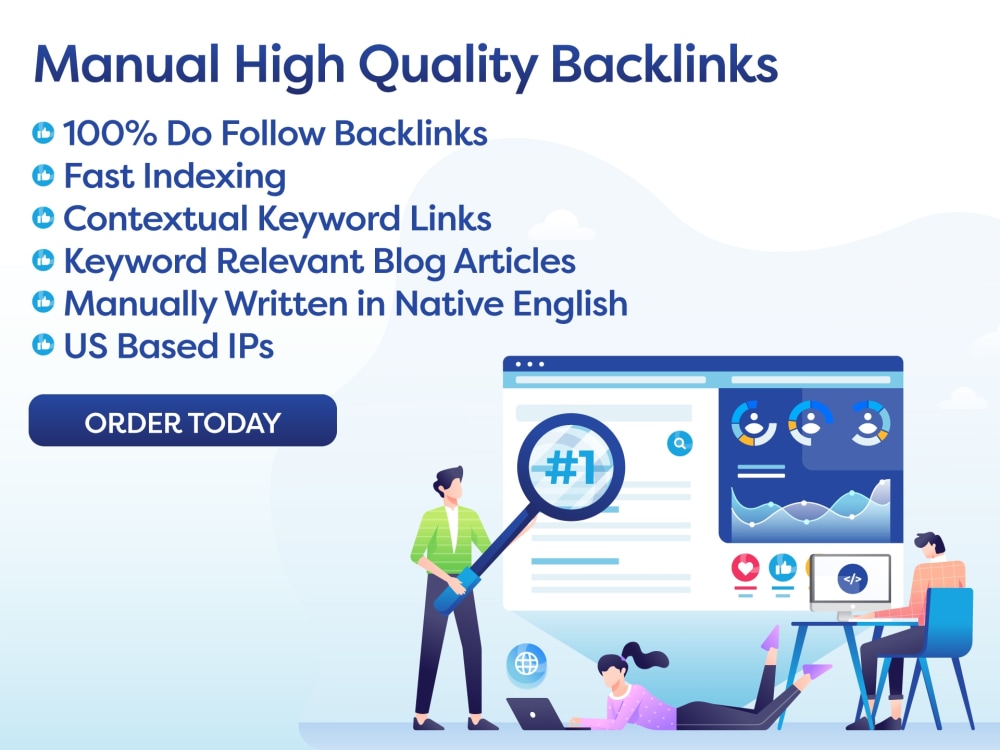Knowledge graphs in SERP are changing how we access information online by providing quick and relevant data directly in search results. Powered by AI and machine learning, these graphs save time for users and allow businesses to increase visibility and credibility. SEO strategies must adapt to the rise of knowledge graphs by creating structured data markup and optimizing content for featured snippets. By optimizing online presence and monitoring performance, businesses can harness the power of knowledge graphs to increase organic traffic and brand visibility. Ultimately, leveraging knowledge graphs in SERP can give businesses a competitive edge in the digital landscape.
**Introduction**
When you perform a search on Google, have you ever noticed the box of information that appears on the right side of the search results page containing information related to your query? This is known as a **knowledge graph in SERP**, and it is revolutionizing the way we consume information online. In this article, we will delve into the concept of knowledge graphs in search engine results pages (SERP) and explore their significance in the digital age.
**Key Takeaways**
1. **What is a Knowledge Graph in SERP?** – Understanding the basics of knowledge graphs and how they are integrated into search engine results pages.
2. **Benefits of Knowledge Graphs in SERP** – Exploring the advantages of knowledge graphs for users and businesses.
3. **How Knowledge Graphs Impact SEO** – Analyzing the implications of knowledge graphs on search engine optimization strategies.
4. **Action Plan for Leveraging Knowledge Graphs** – Providing tips and strategies for maximizing the benefits of knowledge graphs in SERP.
**What is a Knowledge Graph in SERP?**
*Importance of Knowledge Graphs*
A **knowledge graph in SERP** is a graphical representation of information that provides users with a quick overview of a particular topic or query. It is designed to enhance the search experience by presenting relevant and concise information directly in the search results page. Knowledge graphs are powered by artificial intelligence and machine learning algorithms that collect and organize data from various sources to create a structured and interactive display. By leveraging knowledge graphs, search engines like Google are able to deliver more accurate and personalized search results to users.
*Components of Knowledge Graphs*
Knowledge graphs contain a wealth of information, including facts, images, videos, maps, and more. They are generated using a vast database of structured data that is constantly updated and refined to ensure accuracy and relevance. The interconnected nature of knowledge graphs allows users to explore related topics and entities, providing a comprehensive view of the subject matter. For example, when you search for a famous celebrity, the knowledge graph may display their biography, filmography, social media profiles, and other relevant information in a visually appealing format.
**Benefits of Knowledge Graphs in SERP**
*Enhanced User Experience*
One of the primary benefits of knowledge graphs in SERP is the enhanced user experience they provide. Instead of sifting through numerous search results, users can quickly find the information they are looking for in a structured and easy-to-digest format. Knowledge graphs save time and effort by presenting relevant data upfront, reducing the need to click through multiple links to find what you need. This streamlined approach to information retrieval is especially beneficial for mobile users who are looking for quick answers on the go.
*Increased Visibility for Businesses*
For businesses, knowledge graphs in SERP offer a unique opportunity to increase visibility and brand awareness. By optimizing your online presence to appear in knowledge graph panels, you can showcase key information about your products or services directly in search results. This can help you stand out from competitors and attract more organic traffic to your website. Additionally, being featured in a knowledge graph can establish your business as a credible and authoritative source in your industry, leading to greater trust and credibility among customers.
**How Knowledge Graphs Impact SEO**
*Shift in Search Behavior*
The rise of knowledge graphs in SERP has led to a shift in search behavior, with users becoming more accustomed to consuming information directly from search results. As a result, traditional SEO strategies that focus solely on keyword optimization and link building are no longer sufficient to rank higher in search results. To stay competitive in the digital landscape, businesses need to adapt their SEO approach to align with the growing influence of knowledge graphs. This may involve creating structured data markup on your website, optimizing content for featured snippets, and leveraging schema.org markup to enhance the visibility of your data in search results.
*Opportunities for Rich Snippets*
Knowledge graphs also present opportunities for businesses to enhance their online presence through rich snippets. These are additional pieces of information that appear alongside search results, such as star ratings, reviews, pricing details, and more. By incorporating structured data markup on your website, you can increase the chances of your content being featured as a rich snippet in search results. This not only boosts your visibility but also improves the click-through rate to your website, ultimately driving more traffic and conversions.
**Action Plan for Leveraging Knowledge Graphs**
*Optimize Your Online Presence*
To leverage the power of knowledge graphs in SERP, it is essential to optimize your online presence for search engines. This includes creating high-quality, relevant content that aligns with your target keywords and audience. Use structured data markup to help search engines understand the context of your content and improve its chances of being featured in a knowledge graph. By providing valuable and informative content, you can increase the likelihood of your website appearing prominently in search results and attracting more organic traffic.
*Monitor Your Performance*
Keep a close eye on your performance in search results to gauge the effectiveness of your SEO efforts. Track key metrics such as click-through rate, organic traffic, and keyword rankings to identify areas for improvement and optimization. Utilize tools like Google Analytics and Google Search Console to gain insights into user behavior and search trends. By staying informed and proactive, you can make data-driven decisions to enhance your visibility in knowledge graphs and increase your organic search presence.
**Conclusion**
In conclusion, knowledge graphs in SERP are changing the way we access and interact with information online. By providing users with instant access to relevant data and enhancing the search experience, knowledge graphs are shaping the future of search engine optimization. Businesses that adapt to this trend and optimize their online presence for knowledge graphs stand to gain a competitive advantage in the digital landscape. By following the action plan outlined in this article, you can harness the power of knowledge graphs to boost your online visibility, attract more traffic, and elevate your brand presence in search results.
**FAQ**
*What is the purpose of knowledge graphs in SERP?*
Knowledge graphs in SERP are designed to provide users with quick and relevant information directly in search results, enhancing the search experience and saving time for users.
*How can businesses leverage knowledge graphs for SEO?*
Businesses can optimize their online presence by creating high-quality content, using structured data markup, and monitoring their performance in search results to maximize the benefits of knowledge graphs for SEO.
*What are some examples of information displayed in knowledge graphs?*
Knowledge graphs can contain a variety of information, including facts, images, videos, maps, and other relevant data related to a specific query or topic.

